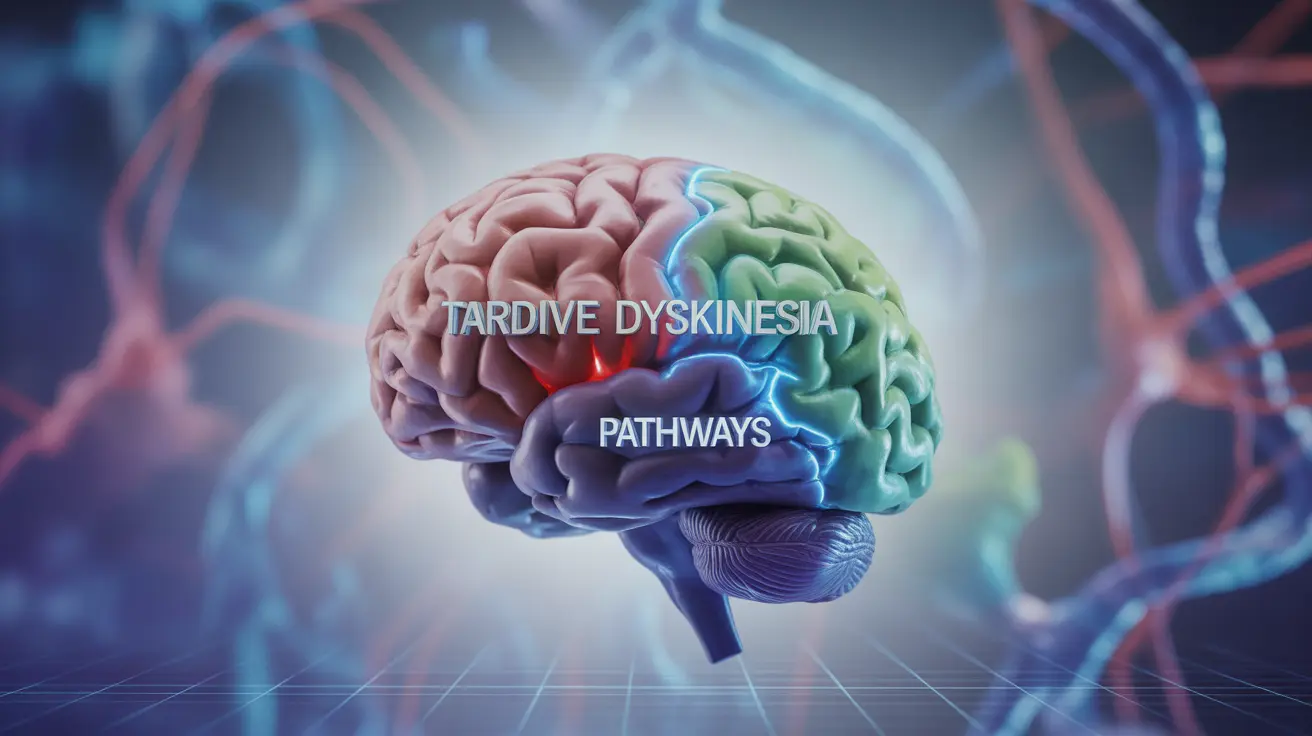Living with tardive dyskinesia (TD) can be challenging, but there are various treatment approaches and management strategies that can help improve symptoms and quality of life. Understanding these options is crucial for anyone affected by this movement disorder, whether directly or as a caregiver.
This comprehensive guide explores the latest treatments, lifestyle modifications, and preventive measures that can help manage and potentially reverse tardive dyskinesia symptoms. While complete reversal isn't always possible, many people find significant relief through proper medical intervention and support.
Understanding Tardive Dyskinesia and Its Impact
Tardive dyskinesia is a neurological condition characterized by involuntary, repetitive movements, typically affecting the face, mouth, and other body parts. These movements can significantly impact daily activities, social interactions, and overall quality of life. Understanding the condition is the first step toward effective management.
FDA-Approved Medications for Tardive Dyskinesia
Modern medicine has made significant strides in treating tardive dyskinesia with specifically approved medications. The two primary FDA-approved options include:
- Valbenazine (Ingrezza)
- Deutetrabenazine (Austedo)
These medications work by regulating dopamine signaling in the brain, often providing significant symptom relief for many patients. Regular consultation with healthcare providers is essential to determine the most effective dosage and monitor progress.
Managing Existing Antipsychotic Medications
For individuals who developed tardive dyskinesia while taking antipsychotic medications, several approaches may be considered:
- Dose reduction when clinically appropriate
- Switching to a different antipsychotic with lower TD risk
- Gradual discontinuation under medical supervision
- Alternative treatment strategies for the underlying condition
It's crucial to never stop or modify medication regimens without professional medical guidance, as this could lead to serious complications.
Lifestyle Modifications and Supportive Therapies
Complementary approaches can help manage TD symptoms and improve overall well-being:
- Regular exercise and physical activity
- Stress reduction techniques
- Occupational therapy
- Speech therapy when needed
- Nutritional support and healthy diet maintenance
- Adequate sleep and rest
Early Detection and Prevention Strategies
Recognizing early signs of tardive dyskinesia is crucial for better outcomes. Key warning signs include:
- Slight facial twitches
- Tongue movements or protrusion
- Finger or toe tapping
- Trunk or limb movements
Regular monitoring and assessment by healthcare providers can help identify symptoms early, leading to more effective intervention.
Frequently Asked Questions
How can tardive dyskinesia symptoms be reduced or managed effectively?
Tardive dyskinesia symptoms can be managed through FDA-approved medications like valbenazine and deutetrabenazine, along with comprehensive care including regular medical monitoring, lifestyle modifications, and supportive therapies. Working closely with healthcare providers to adjust treatment plans as needed is essential for optimal symptom management.
What are the FDA-approved medications available to treat tardive dyskinesia?
The FDA has approved two medications specifically for treating tardive dyskinesia: valbenazine (Ingrezza) and deutetrabenazine (Austedo). These medications work by regulating dopamine signaling in the brain and have shown significant effectiveness in clinical trials.
Can stopping or switching antipsychotic medications reverse tardive dyskinesia?
While adjusting antipsychotic medications may help in some cases, this should only be done under careful medical supervision. Complete reversal isn't guaranteed, and abruptly stopping medications can be dangerous. Healthcare providers will carefully weigh the risks and benefits of medication changes.
What lifestyle changes or therapies can help improve quality of life for people with tardive dyskinesia?
Regular exercise, stress management techniques, occupational therapy, speech therapy, and maintaining a healthy lifestyle can all contribute to better quality of life. These approaches, combined with medical treatment, can help manage symptoms and improve daily functioning.
How can early signs of tardive dyskinesia be recognized and prevented during long-term medication use?
Early signs include subtle facial movements, tongue protrusion, or finger tapping. Regular monitoring by healthcare providers, especially during long-term antipsychotic use, is crucial for early detection. Preventive strategies include using the lowest effective dose of antipsychotics and regular screening for TD symptoms.




